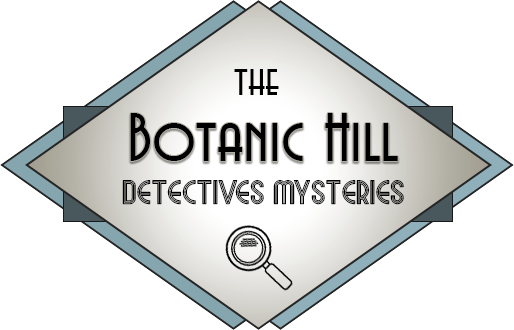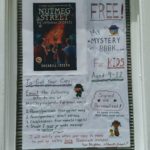Keeper Habit #4
I present to you the fourth installment of my Post-Pandemic Keeper Habits. Last time, I discussed #3, “Revamp the Exercise Routine.”
Here comes Number Four:
4. Remain Good Friends with my House. I’ve loved living in my nearly one-hundred-year-old house for three decades. But did I really know it down to its nooks, crannies, and floor boards? No.
The stay-at-home orders were such a gift for me! The house wrapped its vintage arms around me and hugged me tightly, gifting me with comfort, security, and calmness. We have become great friends.
I have found that I am cleaning more often, not just because my cleaning person disappeared due to the shutdown, nor merely to ward off the virus. It’s to love my house back, making it shine, and filling it with flowers, smiles, and gratitude. It’s almost as if my house, now a Home, has become a member of the family, along with my dog. Now, we are three.
So, get a clue, Kids and All Readers. Please share the good, new habits you’ve embraced from the pandemic. You can tell me about them HERE. And watch for my fifth and final Keeper Habit on June 3. Thanks!











